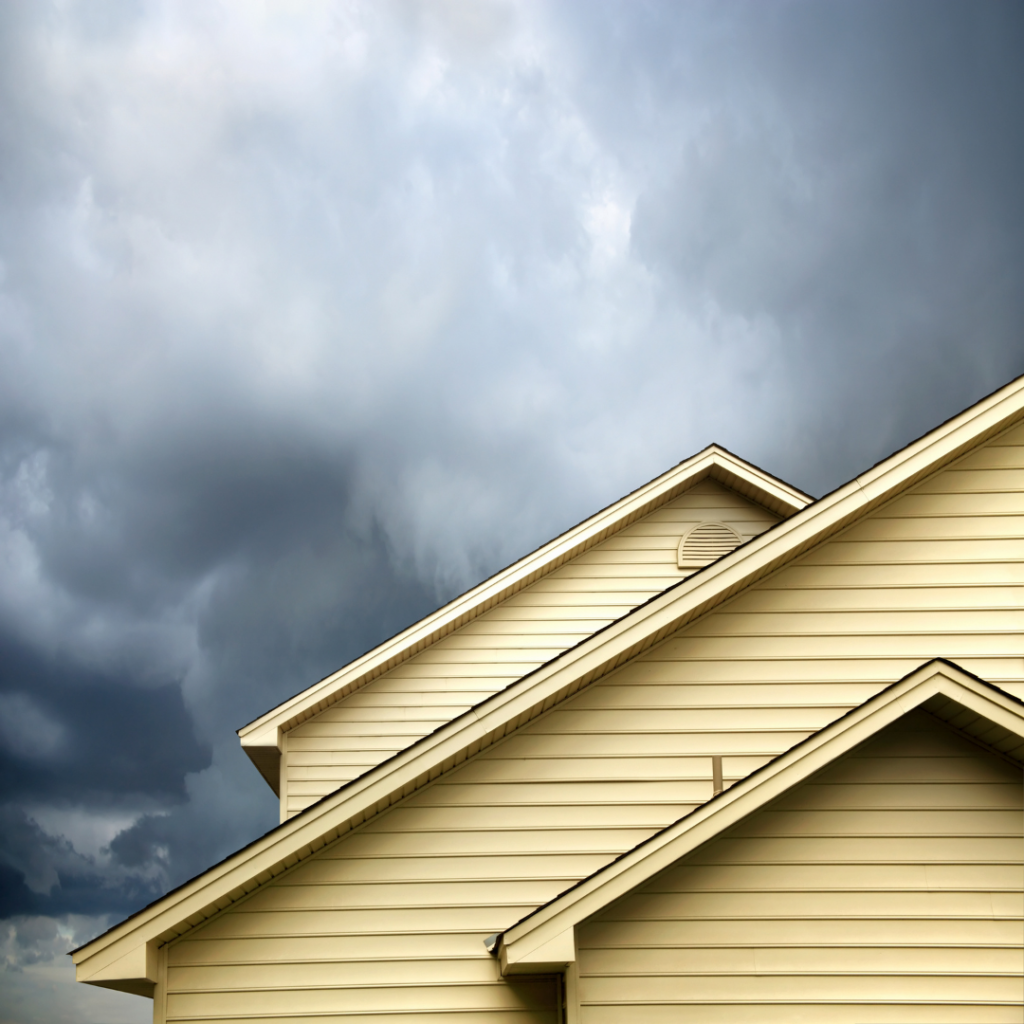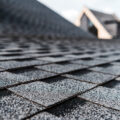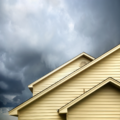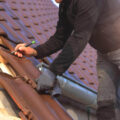Living in South Florida, thunder storms, summer showers and dreaded hurricanes are yearly occurrences.
However, many homeowners do not understand the importance of regular roof maintenance that could keep their roofs strong and lasting for many more years amidst the thundering Florida storms. Negligence can lead to serious damage, which can cost a homeowner a lot of money in repairs, or even a new roofing system all together.The most common place where roofs have damage during storms is where water accumulates. Rain water can soak into crevices, gutters may be too full and might overflow, or shingles/tiles could be lifted or cracked, allowing for moisture to gather underneath.
If left unattended, trapped moisture can also leak into the home and cause significant damage to the house.
Most roof damage during a storm happens due to the aforementioned water, as well as debris. If the materials is not cleaned up off of the roof, then it will continue to accumulate and will rot. Not only can your roof become discolored, but it can also cause your structural integrity to weaken. You must monitor your roof before, during and after storms.
Damage to roofs can be caused by a number of sources during a hurricane or any other storm. The most common cause of damage is water leaks caused by broken tiles, shingles, or any other piece of your roofing material. If this is present, it is essential to get the roof repaired as soon as possible so that water does not seep into the home. Other common causes of damage during a hurricane or storm include hail, wind, tree roots, hail and tree limbs, fungi, algae and mold, and termites.
During a storm, there are a number of different ways to protect your roof from damage, some of which are quite simple while others require expert knowledge. If you live in a part of the country that experiences heavy winds, it is essential to consider installing hurricane shutters. You can also invest in a gutter guard if your area experiences heavy rainfall. A good roof sealant can also prevent the water from getting into the home by creating an airtight barrier.
Here are some other ways to protect your home’s roof during a hurricane:
Cut Down Trees Around Your Home
There are many advantages to having trees and other natural fixtures outside of your home or business, but that also means that there’s an extra layer of care to be had when preparing for a storm with high winds/water.
Because trees, plants, and other debris pose a risk to your roof, it’s vital to cut down or cut back the trees so that when the inevitable happens, you’re ready. Tree branches and fruits hanging from the trees are susceptible to flying off during strong winds and hitting different areas of your home, including the roof. Cutting them down ensures that it won’t happen and decreases damage risk.
Roof Repair and Maintenance
One of the last things you can do to protect your roof are to repair any leaks on a regular basis. This includes inspecting for holes in the roof to determine if the roof has been leaking. If you suspect any holes, get them fixed. If you notice that the roof is leaking water, have the gutters checked regularly to check for blockages.
If your gutters are clogged, having the gutter guards checked often is important. If it is clogged, it’s necessary to remove the debris and repair the problem. To prevent damage to your roof during a storm, take the time to perform a comprehensive leak detection and repair inspection.
If you are ready to discuss your roofing options, trust South Florida’s premier roofing company, Ranger Roofing. We know roofs and how to keep your home safe during heavy storms. Call our team of experts today at 561-842-6943.




